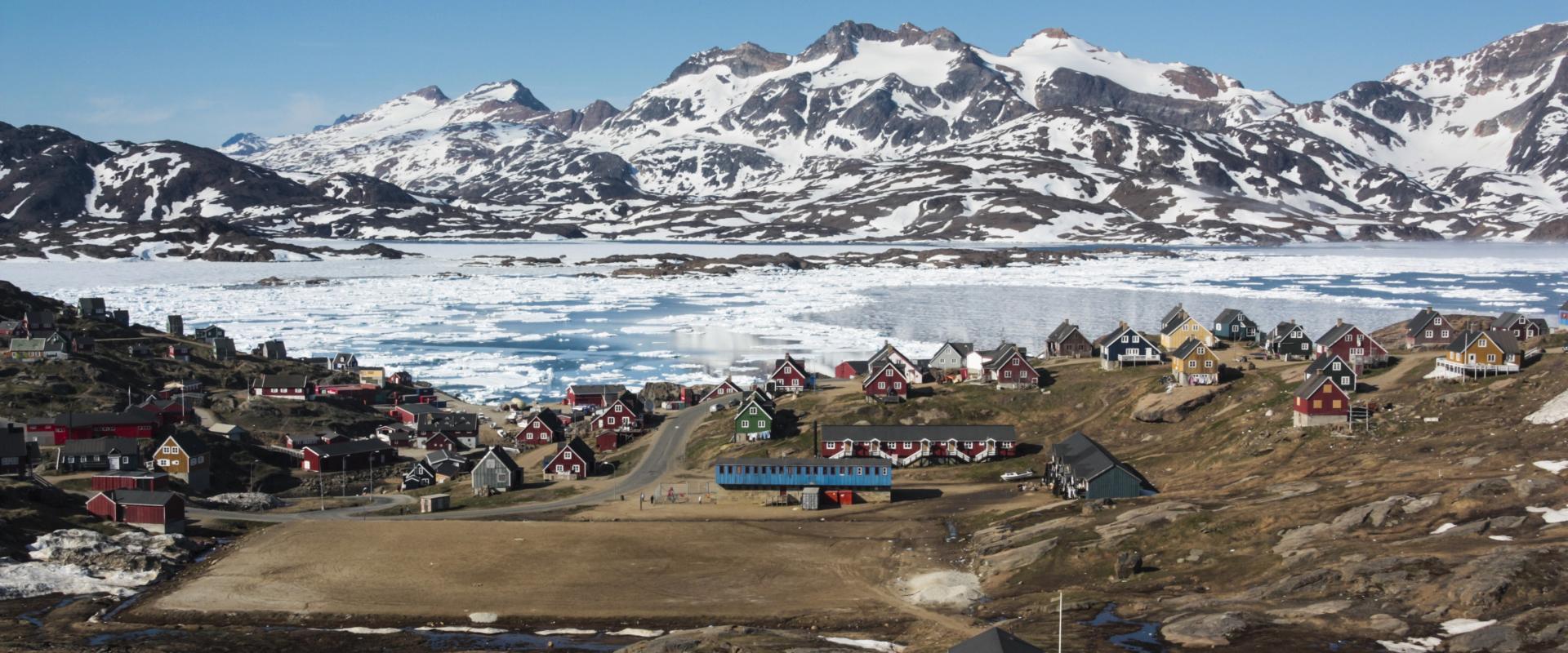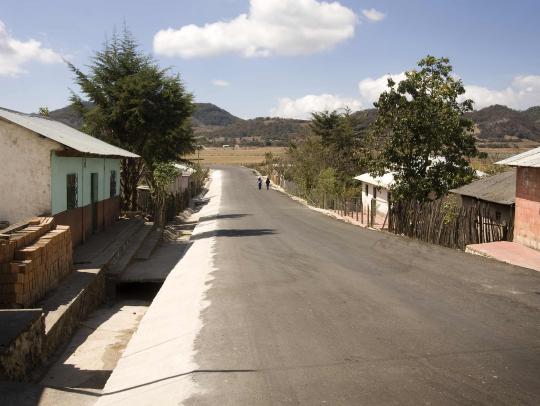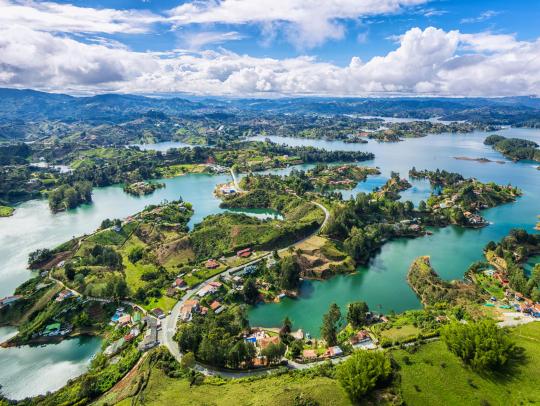Achieving Digital Inclusion Goals for Remote Communities

Access to next-generation digital technology is essential to driving economic growth—no matter where you live. More public and private institutions are adopting bandwidth-intensive services, including cloud-connected apps, the Internet of Things (IoT), and virtual conferencing platforms, to improve employee safety and enhance operational efficiency. To ensure people and organisations everywhere have an equal opportunity to leverage digital solutions, governments and telcos are focused on meeting digital inclusion goals that ensure these regions have access to robust yet affordable broadband internet.
A key digital inclusion goal for many countries is ensuring everyone has access to a high-quality education. This goal is often aimed at students living in remote regions who may not have a qualified teacher throughout the year, as the number of instructors available to work in these communities is usually limited. Although enrollment in online distance learning programmes is increasing globally, students without access to high-performance connectivity are excluded from these services—which educators maintain impacts both the quality of their education and their opportunities for future success.
“Access to high-quality internet doesn’t just mean that pupils can get a better education,” said Anders Øgaard, an instructor at the University of Greenland. “It helps students become more fluent in technology, connect to the rest of world, learn about new cultures, and get involved in world issues, such as climate change. Connectivity is about much more than learning new skills or knowledge—it's about tapping into a wealth of opportunities.”
Governments of nations that experience harsh weather year-round also need to provide reliable connectivity that’s essential to protecting the safety of traveling residents and tourists. Before each trip, boat, plane, and helicopter pilots destined for Arctic regions need to prepare for conditions such as winds up to 200 km per hour, temperatures below -40°C, and fog that severely limits visibility. However, prolonged service outages may prevent them from accessing online tools that help them manage turbulent weather changes throughout their journey.
“You really cannot travel to Greenland without careful planning,” said Soren, a pilot born in Nuuk, the nation’s capital. “You need to not only stick with the plan, but be ready to alter it as you receive updates on ice, wind, or fog conditions. It’s so important to have internet connectivity available for checking on the latest weather forecast, because conditions change from hour to hour here.”
Telco customers in harder-to-reach markets that can be connected to fibre networks typically enjoy connectivity comparable to what end-users in Europe or North America experience. This enables local business owners, who may have previously been under-served by broadband connectivity, to leverage a variety of digital services, such as bookkeeping and accounting tools that help streamline day-to-day operations. As a result, they’re able to spend more time building their brands and connecting with customers online to accelerate business growth.
“Even though I have a web shop, I’m finding more customers are reaching out on Facebook and Instagram to ask if they can purchase work I’ve posted pictures of,” said Liss Stender, a Nuuk-based graphic and fashion designer. “I can reply and ship to them quickly, and I now have customers in Brazil, Germany, Japan, Denmark, Sweden, the US, and Canada.”
SES, with its unmatched reach and reliability, is uniquely positioned to help telcos and mobile network operators (MNO) meet digital inclusion goals. Our proven, innovative ground and space-based technologies elevate the quality of experience, economics, and business models available through satellite communications. We empower network providers to deliver fibre-like connectivity backed by robust service level agreements (SLAs) to businesses, government agencies, and residential end-users at the edge—without incurring the high cost of extending terrestrial networks into hard-to-reach locations.
Our current network capabilities allow network providers worldwide to meet universal service obligations on behalf of their customers, yet we’re also prepared to provide connectivity that matches the future demands of the markets that are hardest to reach. Our next-generation medium Earth orbit (MEO) O3b mPOWER constellation, which launches in 2022, will allow telcos and MNOs to seamlessly extend networks to deliver bandwidth up to multiple gigabits per second. Uncontended levels of high throughput and low latency offered by the terabit-level system supports real-time access to services and applications enabled by 5G and the cloud—wherever end-users need it
Related content
| Find out more about the Tusass case study | |
| Download the Tusass infographic | |
|
Listen to the 'A Trip to Greenland' podcast series: |




